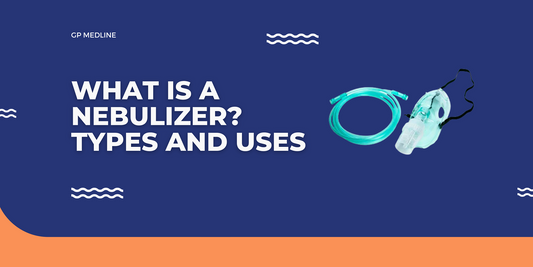High Flow Nasal Cannula (HFNC) therapy has emerged as a pivotal treatment modality in managing respiratory failure in adults. This advanced oxygen delivery system offers several clinical benefits over conventional oxygen therapy, making it a preferred choice in various medical settings.
What is HFNC?
High Flow Nasal Cannula (HFNC) is an oxygen delivery system capable of providing up to 60 liters per minute (L/min) of humidified and heated oxygen through nasal prongs. Unlike traditional oxygen therapy, HFNC can deliver precise oxygen concentrations and maintain a consistent flow, enhancing patient comfort and oxygenation.
Key Components of HFNC
- Flow Generator: Provides high flow rates of oxygen and air.
- Humidifier: Adds moisture to the oxygen, preventing mucosal dryness.
- Heated Tubing: Maintains the temperature of the gas mixture.
- Nasal Cannula: Soft prongs that deliver oxygen directly to the patient’s nostrils.
Clinical Applications of HFNC in Adult
Acute Hypoxemic Respiratory Failure
HFNC is particularly effective in treating acute hypoxemic respiratory failure. It enhances oxygenation by providing a high fraction of inspired oxygen (FiO2) and reduces the work of breathing, making it a crucial intervention in critical care settings.
Post-Extubation Support
After the removal of an endotracheal tube, HFNC can be used to provide respiratory support. It helps in reducing the likelihood of reintubation by ensuring adequate oxygenation and minimizing respiratory distress.
Chronic Obstructive Pulmonary Disease (COPD) Exacerbations
In patients with COPD exacerbations, HFNC helps in improving gas exchange and reducing respiratory rate. Its ability to deliver heated and humidified oxygen is beneficial in managing symptoms and enhancing patient comfort.
Read Also: Different Types of Oxygen Masks
Benefits of HFNC Over Conventional Oxygen Therapy
Enhanced Oxygenation
HFNC delivers higher and more precise FiO2 levels compared to conventional methods. This precise delivery helps in achieving better oxygenation outcomes in patients with severe respiratory conditions.
Reduced Work of Breathing
The high flow rates provided by HFNC generate a positive airway pressure, which reduces the effort required by patients to breathe. This is particularly beneficial in cases of respiratory distress.
Improved Patient Comfort
The humidified and heated oxygen delivered through HFNC prevents mucosal dryness and irritation, significantly enhancing patient comfort. The soft nasal prongs also contribute to a more pleasant experience compared to masks or other interfaces.
Read Also: What is a Nebulizer? Types and Uses
Implementing HFNC in Clinical Practice
Indications for Use
HFNC should be considered in patients with:
- Acute hypoxemic respiratory failure
- Post-extubation respiratory support
- COPD exacerbations
- Pneumonia
- Pulmonary edema
Contraindications
While HFNC is widely applicable, it may not be suitable for patients with:
- Severe hypercapnia
- Facial trauma or burns
- Upper airway obstructions
Monitoring and Adjustments
Regular monitoring of oxygen saturation, respiratory rate, and patient comfort is crucial when using HFNC. Adjustments to flow rate and FiO2 should be made based on clinical response and patient needs.
Potential Complications
While HFNC is generally safe, potential complications include:
- Nasal dryness or discomfort
- Epistaxis (nosebleeds)
- Gastric distension due to high flow rates
- Rare instances of barotrauma
Conclusion
High Flow Nasal Cannula (HFNC) therapy represents a significant advancement in the management of respiratory failure in adults. Its ability to provide precise oxygen delivery, reduce the work of breathing, and improve patient comfort makes it an invaluable tool in modern respiratory care. As with any medical intervention, careful patient selection and monitoring are essential to maximize benefits and minimize risks.




















